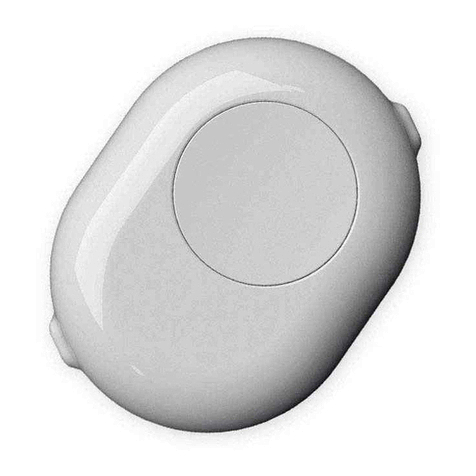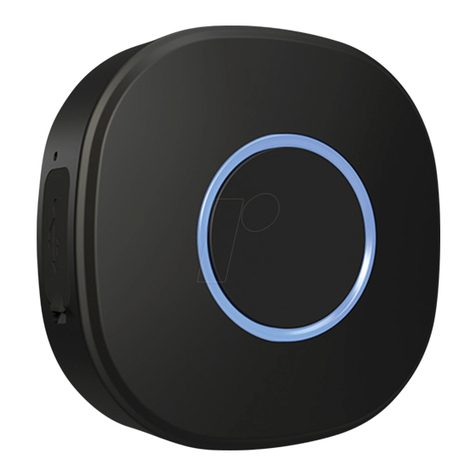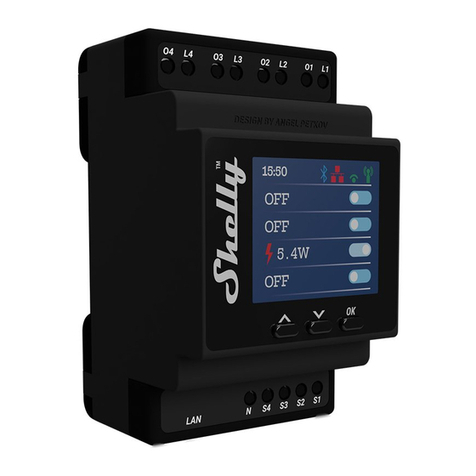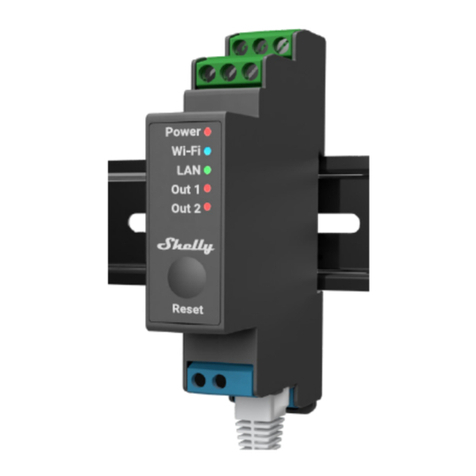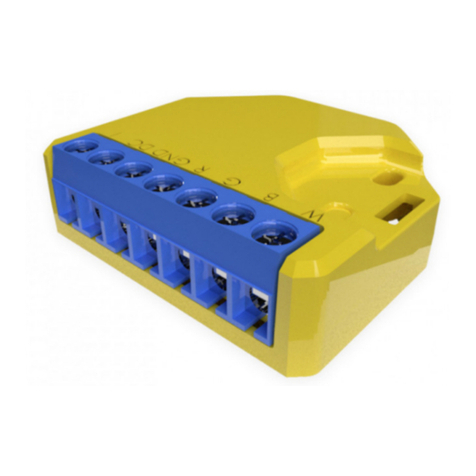
⚠CAUTION! Danger of electrocution. Every change in the connections has to be done
after ensuring there is no voltage present at the Device terminals.
⚠CAUTION! Do not connect the Device to appliances exceeding the given max load!
⚠CAUTION! Use the Device only with a power grid and appliances which comply with
all applicable regulations. A short circuit in the power grid or any appliance connected
to the Device may damage the Device.
⚠CAUTION! Connect the Device only in the way shown in these instructions. Any
other method could cause damage and/or in jury.
⚠CAUTION! Тhe Device may be connected to and may control electric circuits and
appliances only if they comply with the respective standards and safety norms.
⚠RECOMMENDATION Connect the Device using solid single-core cables with
increased insulation heat resistance not less than PVC T105°C.
Connect the Device to the power grid and install it in the switch board as shown in
the schemes and following the Safety Instructions. Before starting
installing/mounting the Device, wire check that the breakers are turned off and there
is no voltage on their terminals. This can be done with a phase meter or multimeter.
When you are sure that there is no voltage, you can proceed to wiring the cables. If
you are using AC for the Device and the load circuit (fig.1), connect the N terminal to
the Neutral wire and the L terminal to the Device power supply circuit breaker.
Connect the 2 switch circuits to the S1 and S2 input terminals and the Device power
supply circuit breaker. Connect the load circuit to the O terminal and the Neutral wire.
Connect the I terminal to the load circuit breaker. Two different phases can be used
for the load circuit and the Device power supply circuit. If you are using AC to power
the Device, but want to switch a DC load circuit (fig.2), connect the N terminal to the
Neutral wire and the L terminal to the circuit breaker. Connect the 2 switch circuits to
the S1 and S2 input terminals and the circuit breaker. Connect the load circuit to the
O terminal and one of the load circuit power supply wires. Connect the I terminal to
the other load circuit power supply wire.
⚠CAUTION! The load circuit voltage should not exceed 30 V DC and the current
should not exceed 12 A.
If you are using 12 V DC to power the Device, but want to switch an AC load circuit
(fig. 3), connect the positive wire to the +12 terminal and the negative wire to the L
terminal. Connect the 2 switch circuits to the S1 and S2 input terminals and the
negative wire. Connect the load circuit to the O terminal and the Neutral wire.
Connect the I terminal to the circuit breaker. If you are using 12 V DC to power the
Device and want to switch a DC load circuit (fig. 4), connect the Device power supply
positive wire to the +12 terminal and the Device power supply negative wire to the L
terminal. Connect the 2 switch circuits to the S1 and S2 input terminals and the
Device power supply negative wire. Connect the load circuit to the O terminal and
one of the load circuit power supply wires. Connect the I terminal to the other load
circuit power supply wire.
⚠CAUTION! The load circuit voltage should not exceed 30 V DC and the current
should not exceed 12 A.












